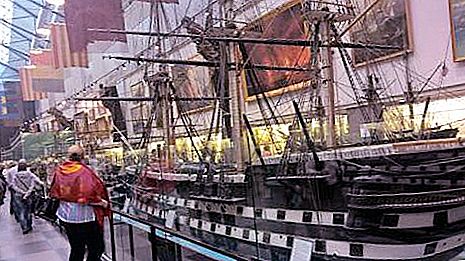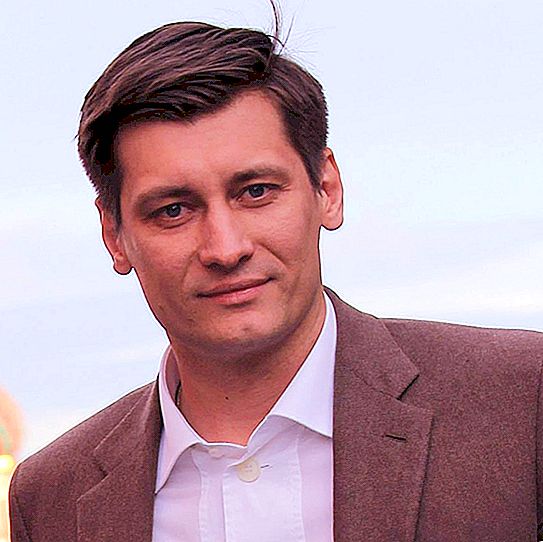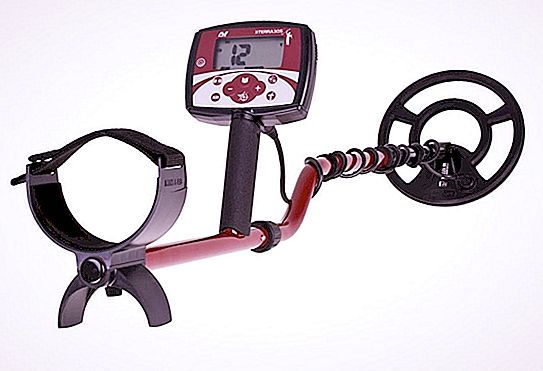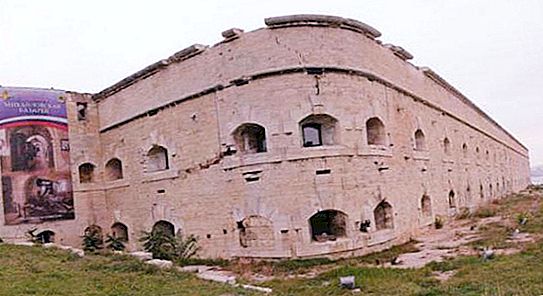In one of the most beautiful places in St. Petersburg, not far from the place called New Holland, there is a museum that tells the history of the Russian navy. It is one of the richest collections of ship models in the world, collections of weapons, navigational instruments, documents and other exhibits related to the naval forces of the country. This is the Central Naval Museum - the brainchild of Emperor Peter the Great.

Experience brought from abroad
At the turn of the 17th and 18th centuries, during his trip to Holland and England, the countries that held the leading world position in shipbuilding at that time, Peter I studied in detail the organization of affairs at their shipyards. Among other things, his attention was attracted by the then widely used model cameras. These departments simultaneously performed the role of storage facilities, which received models and drawings of finished, launched ships, as well as design workshops in which new ship designs were developed.
Returning to Russia, the sovereign ordered the introduction of a similar innovation in St. Petersburg, the usefulness and significance of which were beyond doubt. So in 1707, a domestic camera model appeared on the banks of the Neva, which is an analogue of Western models. It was located in the building of the Admiralty, adjacent to the shipyards.
The beginning of the future collection
Peter I issued a decree, according to which the collection of model cameras was constantly expanded and replenished with new exhibits. Models of not only ships built at the shipyard, but also those that were captured in naval battles, began to arrive here. All of them were subject to detailed study. Over time, this storehouse became the foundation on the basis of which the St. Petersburg Naval (Central) Museum was created.
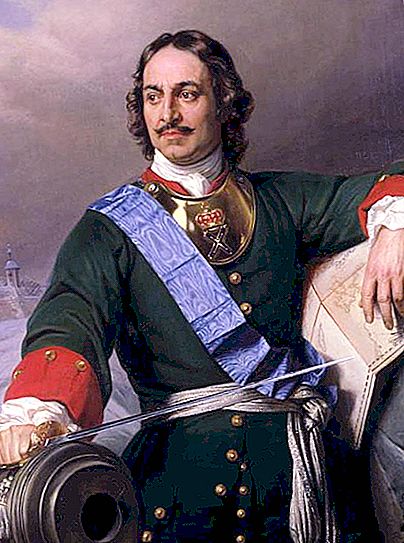
By the mid-thirties of the 18th century, the functions of the model camera had expanded significantly. It gradually became a kind of design bureau, where projects of new ships were created and their large-scale models were made. The future Central Naval Museum was actively replenished with all kinds of navigation documentation, weapons and various naval instruments.
The new status of the former model camera
A new stage in the life of the brainchild of Peter I began in 1805. Then, by order of the Russian autocrat Alexander I, the camera model received a new status. It was transformed into the Maritime Museum. Its funds have expanded significantly due to the addition of collections of materials from the library of the Admiralty College. This scientific and educational center has become one of the largest in the world.
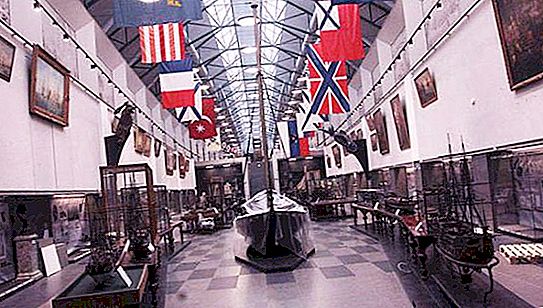
To a large extent, the museum’s expositions were replenished with all sorts of rarities brought from travels by many famous Russian sailors. Nowadays, the Central Naval Museum of St. Petersburg offers great opportunities to study their life and work.
Years of the decline of the museum
Having ascended the throne in 1825, Nicholas I was a short-sighted man. In his opinion, the Maritime Museum and its collections were not of serious interest and were of little use. In 1827, this scientific and educational center was transferred to the Hydrographic Depot, and then completely disbanded. The unique collection of exhibits goes to storage at various government agencies, including the Kunstkamera. The Naval Central Museum in St. Petersburg is once again becoming a model camera. Only about five hundred exhibits remain in her collection.
Deep state crisis and the need for reform
As a result of the defeat in the Crimean military campaign and the deep crisis that engulfed the state, the need for radical transformations in all areas of Russian life, including the reform of the navy, became apparent. In an era when ships of leading countries had already switched to steam engines, received armored protection and modern weapons, Russian squadrons remained sailing. Along with the problems of technical equipment of ships, it was also necessary to quickly review the approach to the training and education of crews.
The revival of the museum and the restoration of its exhibits
This gave an impetus to the fact that in 1867 a decision was made to revive the Maritime Museum. One of the main tasks assigned to his new leadership was the collection of old exhibits scattered across numerous institutions. In addition, it was important to present samples of the most progressive technical developments at the time at the expositions.
This task was brilliantly fulfilled by the newly appointed director of the museum, a talented weapons engineer, Lieutenant N. M. Baranov. Thus, the future Central Museum of the Navy opened a new page in its history. In 1908, during the celebrations associated with the bicentennial, the museum was named after its founder - Peter the Great.
Naval (central museum) in the Soviet period
After the events of October 1917, the new authorities pay great attention to the expansion and qualitative improvement of its funds. Exhibits from many state and private collections come here, and in 1939 the Naval Central Museum changes its address. From the Admiralty, he moves to Vasilievsky Island, in a building formerly owned by the Stock Exchange (photo at the end of the article). This magnificent building, built in 1816, is one of the architectural masterpieces of the Northern capital.

Due to the fact that the museum funds contained a huge amount of materials, moving to a new building lasted for two years. During the war, the most significant exhibits were taken to the rear. The rest of the collection remained in the besieged Leningrad, heroically preserved by museum workers. Thanks to their work and dedication, invaluable evidence of the history of the Russian fleet waited safely for Victory Day. In July 1946, the Naval Central Museum again in its entirety became the property of visitors.

